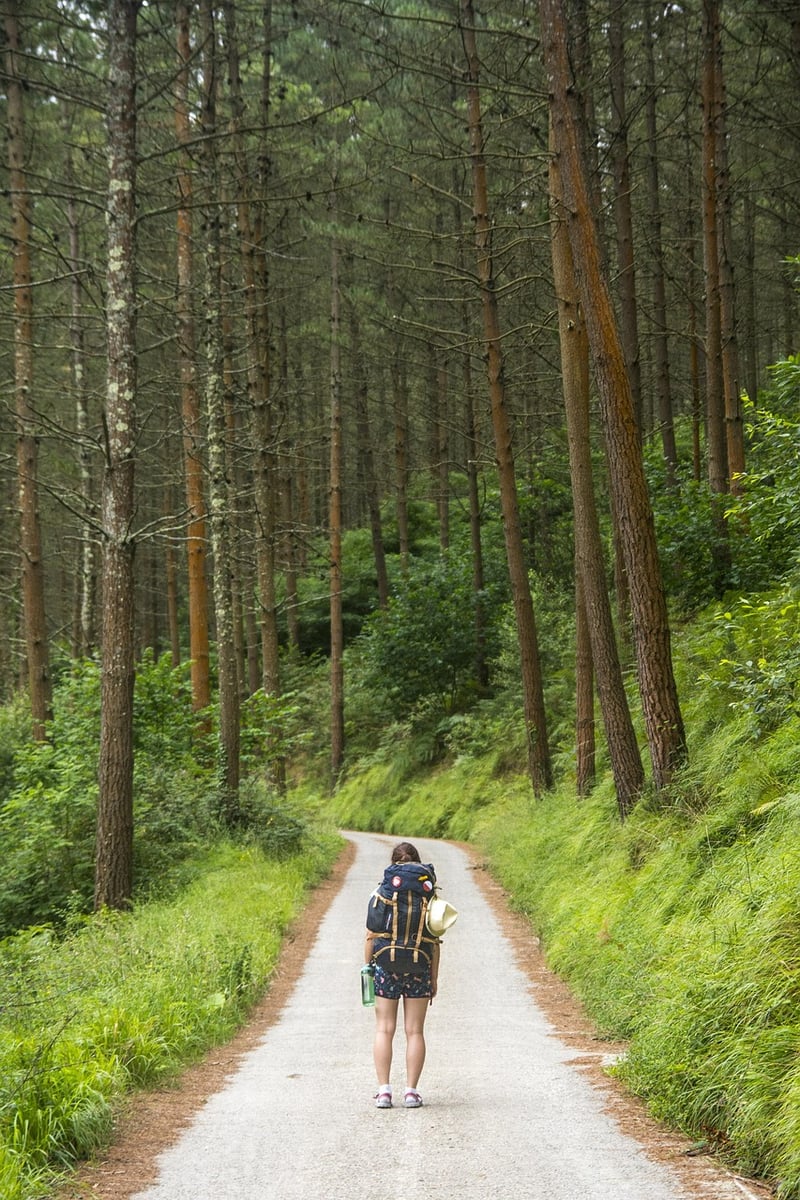Labyrinth walking practices
Mindful Movement: Exploring the Benefits of Walking and Labyrinth Walking Practices
Walking is one of the simplest yet most effective forms of physical activity that offers numerous benefits for both the body and mind. When combined with mindfulness, walking can become a powerful tool for relaxation, stress relief, and self-reflection. In addition to traditional walking, labyrinth walking practices provide a unique and meditative way to enhance mindfulness and focus.
The Benefits of Mindful Walking:
- Improves cardiovascular health
- Boosts mood and reduces stress
- Enhances creativity and problem-solving abilities
- Increases mindfulness and presence in the moment
- Strengthens muscles and improves overall fitness

Labyrinth Walking Practices:
Labyrinths are ancient symbols that represent a journey to our own center and back out into the world. Walking a labyrinth involves following a single path that leads to the center and then back out, providing a metaphor for life's journey. This practice can help individuals relax, meditate, and gain insights into their inner selves.
Benefits of Labyrinth Walking:
- Promotes relaxation and stress relief
- Enhances focus and mindfulness
- Aids in decision-making and problem-solving
- Encourages self-reflection and personal growth
- Connects individuals with a sense of purpose and direction

Whether you choose to engage in mindful walking in nature or explore the meditative practice of labyrinth walking, both activities offer unique benefits for your overall well-being. Take the time to incorporate these practices into your routine and experience the profound effects they can have on your body, mind, and spirit.
Remember, the journey of a thousand miles begins with a single step. Start your mindful movement practice today and discover the transformative power of walking and labyrinth walking.
References: Mindful.org, Psychology Today
